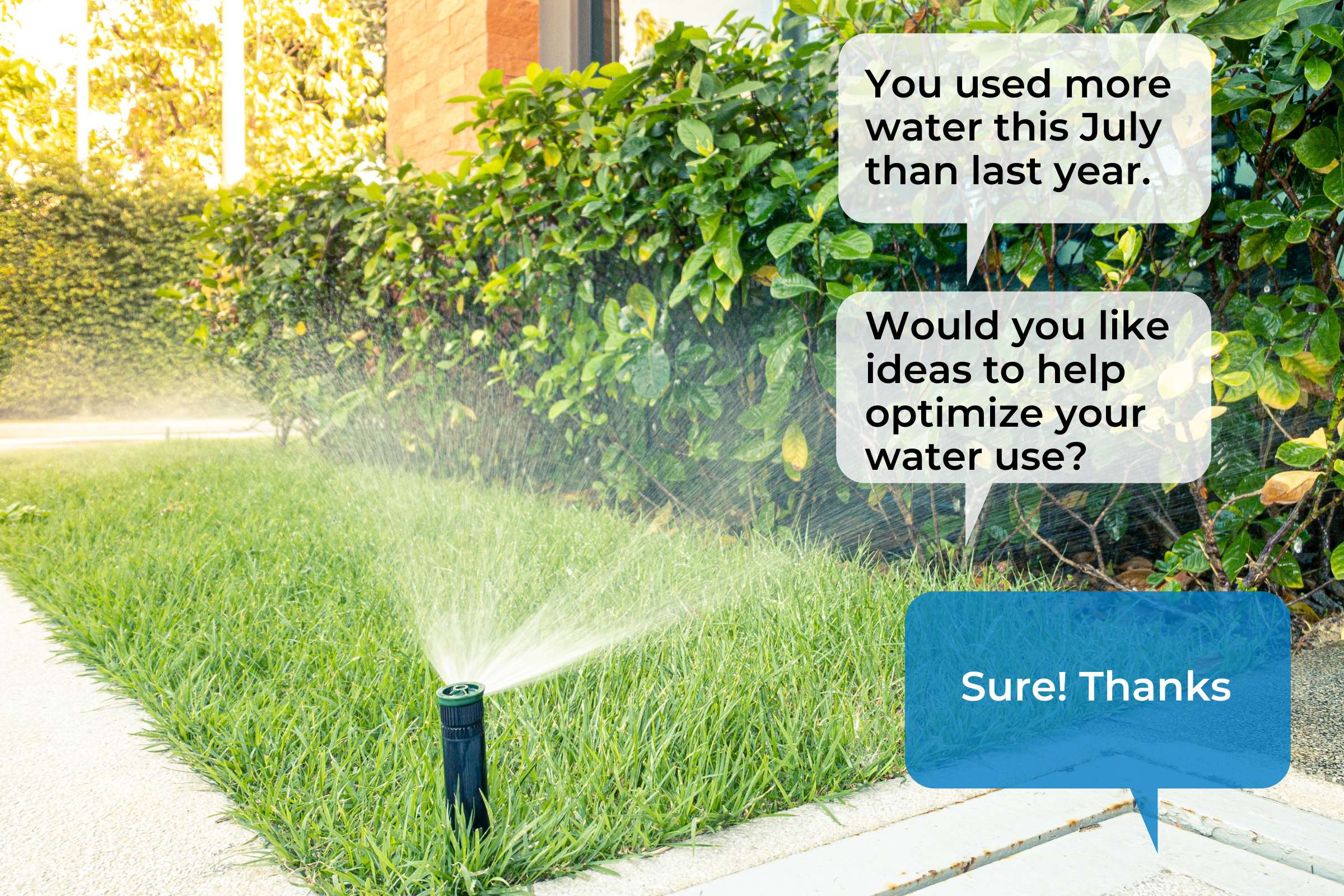The secret to building community support for rate increases, policy changes, or your next water project could be communication.
Water systems often deal with a problem of “out of sight, and out of mind.”
Thanks to a modern water system buried deep beneath the ground, the general public has access to water without having to think much about it. And as a result, some have been able to take the water they have for granted. It is always easier to appreciate, notice, and value what can be seen.
For decades, water providers have been ok being the silent deliverers, but things are changing. In America, a water main breaks every two minutes and trillions of dollars will be needed over the next twenty years to repair and maintain hidden water infrastructure. With dwindling federal funding, the cost of these repairs will largely be paid for through increases to local water rates. And too often, the general public will feel like they are getting the short end of the deal.
Unless….
Water providers communicate.
Water rate increases may be necessary to continue supplying a stable source of water, but can we really blame the public for their disapproval and skepticism if the only time they hear from their water provider is when something goes wrong or rates are about to increase?
In an industry where the majority of assets are buried beneath the ground, gaining customer support, trust, and confidence requires a proactive strategy with lots of communication.
Yoppify’s five rules for successful community engagement can help water providers create community advocates while also improving customer relationships and trust.

Rule One: Get Your Contacts in Order
The number one barrier keeping water providers from successfully engaging with customers is outdated and missing contact information. Without having a phone number or email address for each of your customers, communication can be a challenge (Remember this blog about why door hangers, social media, and bill stuffers aren’t always the answer?) Getting your contact list in order will allow you to reach customers, using the channels they prefer, when it matters most.
Rule Two: Plan for the Planned and Unplanned
When you anticipate customer needs and questions, you can be proactive about starting conversations. And your customers will start trusting you to be open and transparent. Identifying risks that your organization faces, is one of the best ways to know where to focus when preparing responses for unplanned events. There will always be a few surprises, but with a little planning, you can be miles ahead when it comes to starting and engaging in conversations with your customers.
Rule Three: Prepare for Delivery
When you need to reach thousands by email or phone, are you equipped to do it? Any water provider that serves more than a few dozen customers should consider investing in tools for mass notification. After all, your message doesn’t matter if you can’t get it delivered.
Rule Four: Make it a conversation
Your residents want the same level of service from you that they get from today’s modern retailers. Delivering on expectations with chat and texting features can satisfy customers while also providing easy ways for you to interact.
Rule Five: Show your Value
Trust is built with every successful interaction. You want the public to notice all of the good things you do for your community and NOT just the times when things go wrong. By sharing your ups as well as the downs, your customers will start to recognize the full role you play in their community. Water providers that invest in communication show their communities that they are invested in the people that makeup that community. And that is something that won’t go unnoticed.









